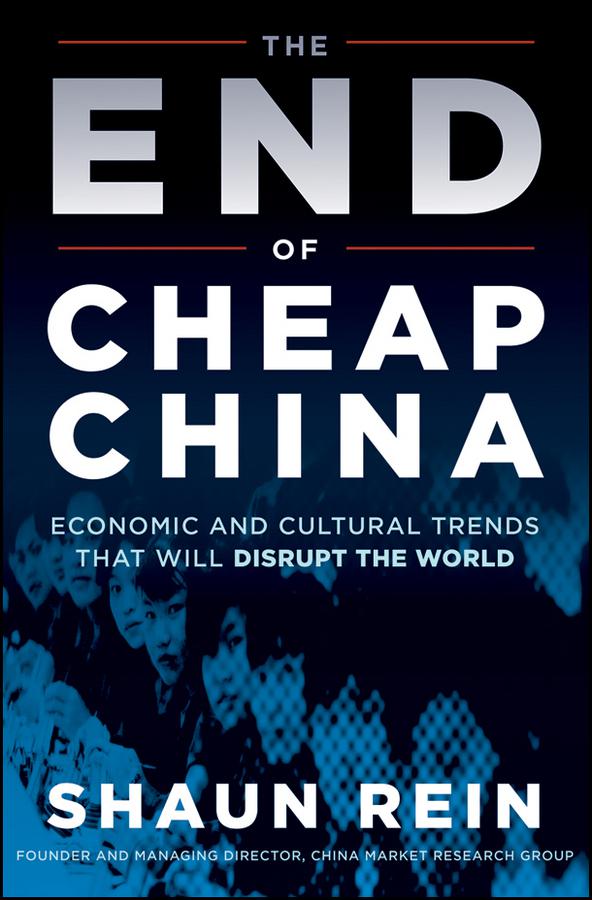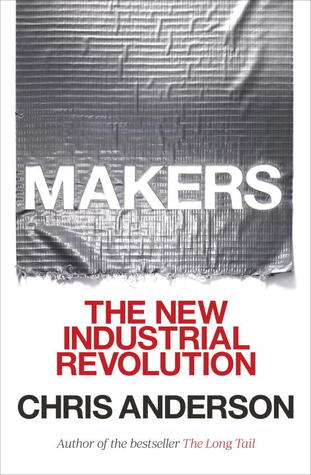The end of cheap China
 The end of cheap China: Economic and cultural trends that will disrupt the world / Shaun Rein
The end of cheap China: Economic and cultural trends that will disrupt the world / Shaun Rein
Hoboken: Wiley, 2012. 224 p.
Rein takes an engaging and informative approach to examining the extraordinary changes taking place across all levels of Chinese society, talking to everyone from Chinese billionaires and senior government officials to poor migrant workers and even prostitutes and drawing on personal stories and experiences from living in China since the 1990s as well as hard economic data. Each chapter focuses on a different aspect of China's transformation, from fast-improving Chinese companies to confident, optimistic Chinese women to the role of China's government, and at the end breaks down key lessons for readers to take away.
The End of Cheap China shows:
-How rising labor and real estate costs are forcing manufacturers of cheap Chinese products to close, relocate, or move up the value stream
-How a restructuring economy moving away from exports to domestic consumption, and rising incomes will create opportunities for foreign brands to sell products in China rather than just producing there
-How Chinese consumption will build pressure on the global commodities markets, causing inflation and friction with other nations
-How China's economic transformation spells the end of cheap consumption for Americans
China's days as a low cost production center are numbered. The End of Cheap China exposes the end of America's consumerist way of life and gives clear advice on how companies can succeed in the new world order.









